Beware an evening on the beach. Sure, the sand is warm and the sun is gently fading. The light may be perfect for those family photos you’ve been wanting. Maybe the breeze has picked up and your husband wants to fly his kites and your kids want to play in the sand? All of those things are tempting. And possibly so distracting that you won’t notice much else.
Until 3am that night.
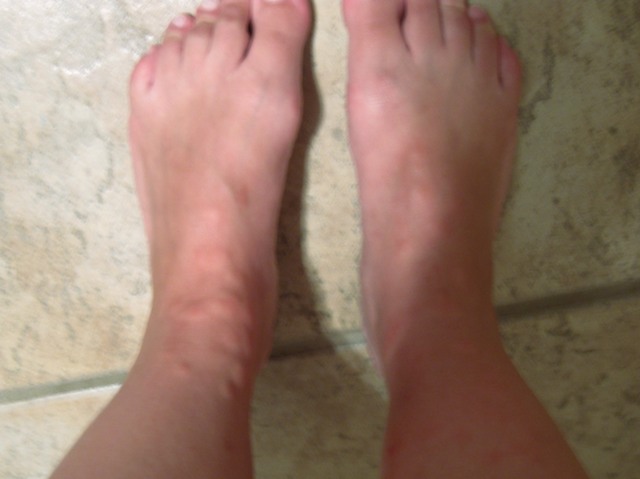
Before bed they were tiny pricks of red, almost like a rash. EVERYWHERE. And then when I woke up with fever and nausea and intense itching, they had arrived. I counted over a hundred just on my lower right leg and lower right arm. When I lifted my shirt and saw my abdomen and chest, I started counting proper, but lost count somewhere in the 400s before getting to my back or hands.
Here is my lower right leg now. I had some prednisone (enough for a proper dose and taper) and began taking them as soon as we got home. Antihistamines, of course, are part of my daily regimen. Topical anti-itch, camphor (Calamine), and some-sort of topical antibacterial are all part of the arsenal… along with scalding water and freezer packs. Anything to dull the burn and itch.
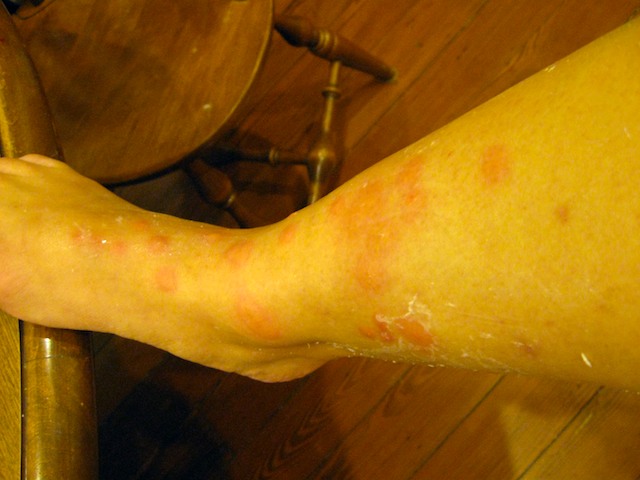
There were no-see-ums (also called sand fleas, midges, and a bunch of other things I can’t remember but are equally horrible) in Honduras and they were BAD… but I knew they were going to be there and wore proper repellent (which helped), avoided the beach as much as possible (never left the water), and wore long garments covered with DEET. I had no idea there were in Pensacola Beach… the very beach where we’d spent the past week plus previous weekend.
Here is the public service information about them:
Sand fleas feed on organic and decaying plants. A favorite treat is seaweed on the beach. Whenever seaweed washes to shore, there will be a large number of sand fleas around and a sand flea bite is likely to occur. In general, the sand on the beach is a popular location for these fleas to live.
A sand flea bite is most likely to occur at dawn or in the evening and night time hours on the beach or other sandy areas that are near water. Wetlands, swamplands, creeks, and lakebeds are other areas where sand fleas can be found. Sand fleas generally stay close to their breeding ground. They never wander more than 350 feet or about 100 meters from their breeding area.
The fleas will jump onto the feet, ankles, legs, and then bite. They are very persistent and quite annoying. Because of their small size, a sand flea bite occurs before individuals even know any sand fleas were in the area. Like a mosquito, a sand flea bites to suck blood. …. The sand flea bite involves the injection of saliva to thin the blood, making it easier for the flea to take blood from its victim. This same saliva triggers the body’s immune system to react.
Despite its size, the bite from a sand flea is quite painful. In fact, most of the time the bite is more painful than one from a typically larger mosquito. In addition to pain, the bite causes a large welt or rashes on the skin that can persist for several days. A fever may also occur. The welts or hives produced from bites are very itchy.
Also? On my arms, in the middle of all the bites, I have (relatively small, comparatively) jellyfish stings (these don’t bother much).
And? The edges of the plastic tubes of anti-itch cream make for excellent, eyes-rolling-back-in-your-head excellent, scratching. It’s about the only thing those darn things are good for.
Was the beach angry that we were leaving?
Am I really that tasty? (I’m the only one with bites.)
Is this just really, really bad luck?
Suggestions. Ideas. Stories. Information. People with long, sharp nails. All are welcome.
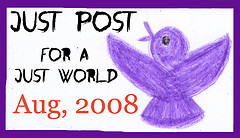
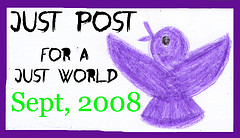
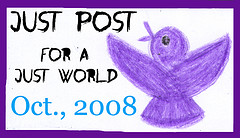


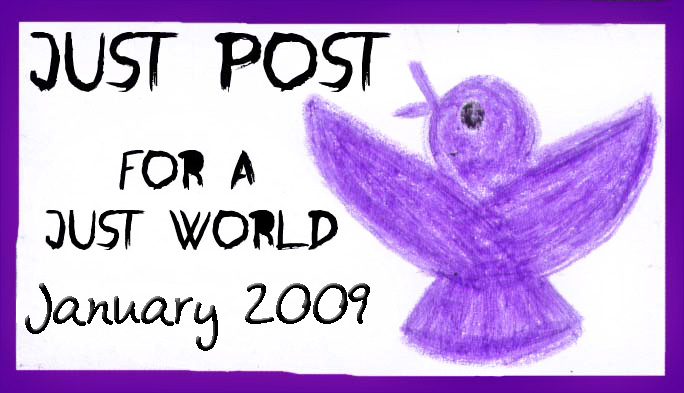
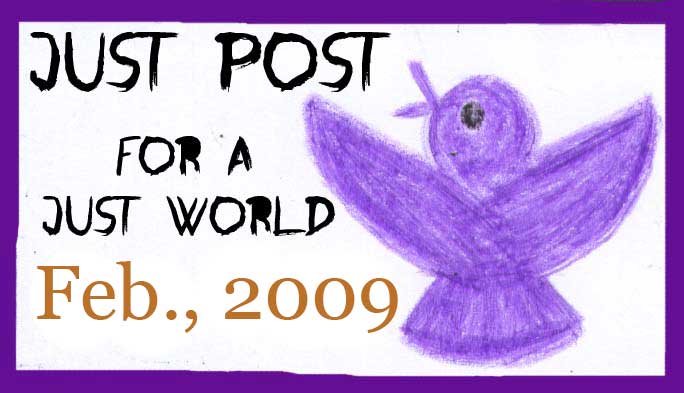








alejna | 21-Jun-09 at 10:00 pm | Permalink
Oh, Holly, poor you. That sounds so very miserable. I wish I had something to offer. (Well, my nails are quite long at this point, but I’m pretty sure I’m too far away to reach.)
Jenny | 22-Jun-09 at 5:51 am | Permalink
oh, sweetie! that sounds awful! (the photos LOOK awful, too.)
no long nails to offer – I keep them short in the summer to prevent poison ivy scratching – but a trick that works for me is spraying the itchy area with as hot water as you can stand. it causes intense itching for a few seconds and then a histamine overload, so you’re itch-free for a few hours.
*hugs*
Melanie | 22-Jun-09 at 6:09 am | Permalink
Oh my! That looks so uncomfortable. Feel better soon!!
chrissieroux | 22-Jun-09 at 6:20 am | Permalink
That’s terrible!!! Poor thing.
de | 22-Jun-09 at 6:35 am | Permalink
Oh my God. I hope the meds help. Another idea with heat is to use a hot blow dryer to fry your nerves into submission.
We went down to the CT River and the kids were covered with mosquito bites & my husband and I had none at all. I’d say you are obviously sweet and tender.
Randy | 22-Jun-09 at 10:22 am | Permalink
I forgot all about sand fleas in my why I don’t like the beach all that much article.
From experience… slapping gently works much better than scratching, also hot hot baths used to help as well.
Janna | 22-Jun-09 at 12:07 pm | Permalink
You poor thing! Ugh… makes me not want to go to the beach! I hope you feel better soon!
Violet | 22-Jun-09 at 1:23 pm | Permalink
Oh dear, it looks dreadful. I have nothing more to offer in terms of remedies. I think the beach is highly overrated. Try to rest.
Violet
Christoph | 22-Jun-09 at 8:19 pm | Permalink
D-yam. I had no idea about such things. Are they mainly a Gulf Coast phenomena? Never experienced these deals in California, but maybe I was lucky.
Kathryn | 22-Jun-09 at 8:24 pm | Permalink
So awful! Crazy that no one else got a bite and you are suffering with hundreds – such a devoted mother, sacrificing herself to no-see-ums to spare her family!
Seriousy, I hope this goes away quickly. Wonder if lots of tequila would help???????
kcwebber | 23-Jun-09 at 4:23 am | Permalink
I had a similar experience on a South Carolina beach. As Randy said, smacking works better than scratching. In addition to the things you’re already doing, two things helped me: soaking in an oatmeal bath (Aveeno, I think, has a product) and painting the worst of the itchies with nail polish (sounds like an “old-wives tale” but it helped me stop scratching).
Hope this goes away quickly for you!
lora | 25-Jun-09 at 10:00 am | Permalink
ugh. this is why beach vacations always sound more fun to me than are fun.
i am obsessed with getting to the beach as often as possible, but invariably, something bites me.
i’ll never learn, the payoff is just so great!
i found your blog over on Lucy’s and I’m loving your posts!
Ben | 09-Jul-09 at 7:17 pm | Permalink
I found your post SO relevant to life right now! We recently were lucky enough to find an apartment RIGHT on the beach in Ft. Lauderdale and are sorta still in the apartment honeymoon period with its location. We are on the beach all the time and love it when the tourists go away at night- that of course is when these little buggers are at their finest.
I don’t react badly to the bites, but if I get bit bad I lay in bed all night and feel like my skin is crawling. Someone suggested blasting yourself with hot water… and that is the only thing I found that really helps this. HOT HOT shower followed up with some stiff cocktails.
Pynk | 01-Nov-10 at 4:21 am | Permalink
We were on Sanibel Island this past weekend on the Gulf Coast of Florida. I’d never experienced these before in my life. Like you my son is covered in over 200 bites. I have about 30, no where compared to his agony. I am having to keep him home from school today because he’s so covered and can’t even sleep. I’m keeping both of us doped up on benadryl so we can at least get some sleep or rest from the itching. Hot showers seems to help, he’s in there now and feel asleep. Been in there for an hour! Poor kid. These freaking bites woke me up all throughout the night… tryna go back to sleep now…